Farm facts
System: dairy calf-to-beef (80 calves).Breeds: Aberdeen Angus x Friesian, and Hereford x Friesian.Carbon footprint: 7kg CO2 per kg of beef produced.Space for nature: 14%.This week, we profile the O’Meara family from Camross, Co Wexford, who were the dairy calf-to-beef category winners in the inaugural National Livestock Show Sustainability awards.
The O’Meara family operate their dairy calf-to beef farm, just outside Camross, Co Wexford.
Joe and Catriona O’Meara buy 80 calves in the spring and finish them between 23 to 25 months of age. Calves are dairy Angus or Hereford calves, sourced from three local farms.
“We try to reduce the number of farms we buy from to minimise health issues. It also makes sense for us working on a part-time basis. A mixture of male and female calves are purchased annually,” Joe said.
A big emphasis is placed on animal health on the farm: “Calves are bought in at four weeks of age and vaccinated for pneumonia immediately on arrival to our farm,” Joe explained.
“We are really happy with the way the vaccine is working – we haven’t had a single case of pneumonia this year.”
Health plan
The O’Mearas have a good health plan in place, which is critical to a successful dairy calf-to-beef system.
Regular faecal samples are taken and tested for worms, after which calves and adult cattle are then dosed, according to faecal sample results.
Joe said: “We’ve had very little incidence of worms this year, which has kept dosing to a minimum. We are conscious of anthelminthic resistance and we don’t want it to be an issue on our farm.”
Calves are grouped based on sex and weight, and are strip-grazed in paddocks.
“We find calves thrive better in smaller groups, especially during the first grazing season. Cattle are finished on meal and top-quality silage, and are sold to either Slaney Meats, Dawn Meats or Liffey Meats.
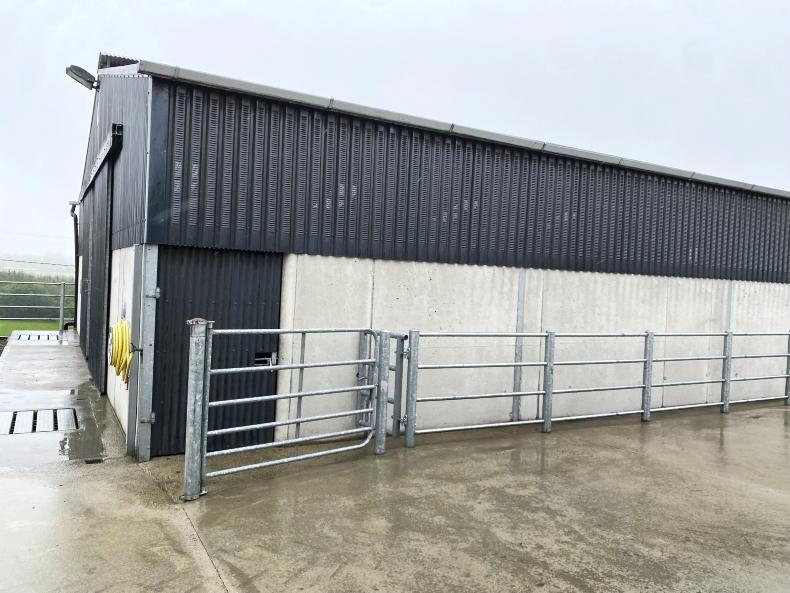
The O’Mearas have a good health plan in place, which is critical to a successful dairy calf-to-beef system.
“We price around for the best price and the best bonus payment on the Aberdeen Angus cattle,” Joe said.
Cattle are fed around 6kg of meal and baled silage. “We prefer to use bales, as we can take out paddocks during the grazing season and this makes really good silage,” Joe added.
Part-time
“I’m farming part-time and I’m also a self-employed builder, working in the local area.
“Part-time farming suits me, as farming alone can be an isolating profession at times. The dairy calf-to-beef system suits part-time farming, as we don’t have cows calving, etc.
"You can sort of make the system suit your work a bit,” Joe said.
Land is dry and very free draining, so this lends itself to early turnout and a long grazing season.
“We try to maximise the length of the grazing season to help reduce costs as much as possible.”
Soil P and K levels are good, but the O’Mearas are careful about where they spread slurry and try to keep soil indexes at the optimum level.
“We carry out soil testing on the farm regularly, and we will also be testing all the land as a requirement under the ACRES programme.
“Slurry is spread via a dribble bar and this is completed by local contractors. I also used protected urea on silage ground. We moved to protected urea last year and have found no negative in grass growth. It’s use is based on good science, so we have no issue in moving that way,” Joe said.
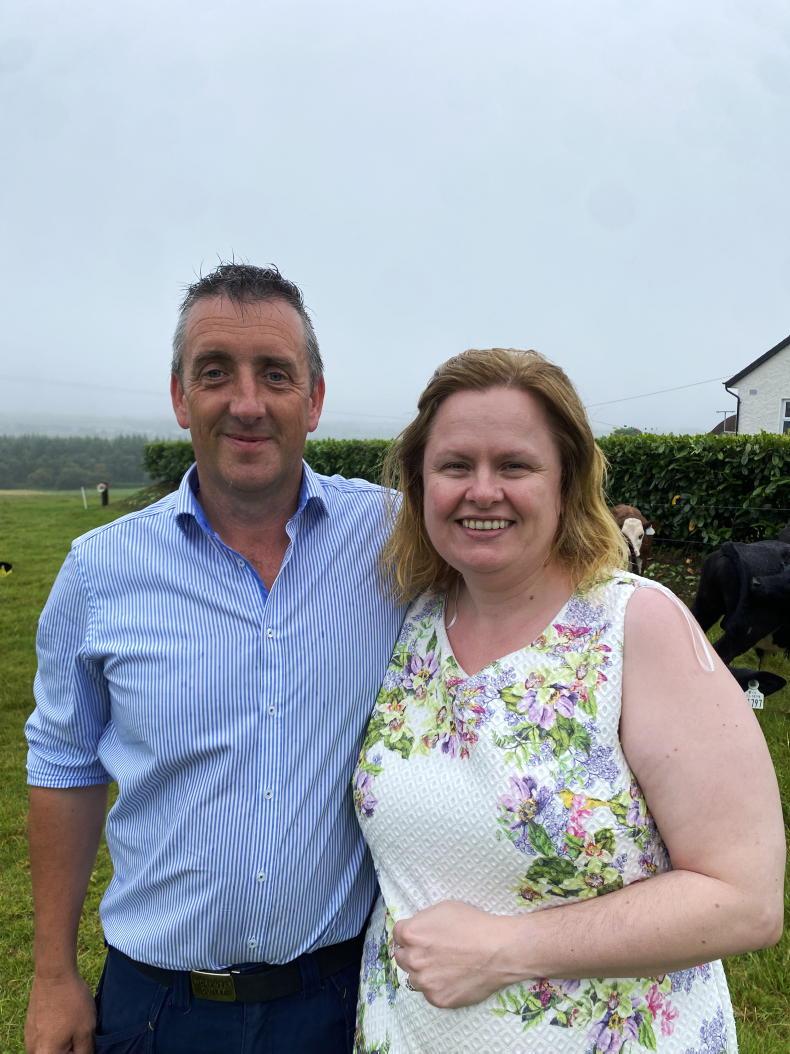
Joe and Catriona O’Meara.
The O’Mearas have 20ac of forestry comprised of Sitka spruce, larch and ash. “Under ACRES, we will be planting additional trees – we are looking into native species that would suit the soil type,” Joe said.
Under ACRES, they have chosen the option of extensive grazing and low input permanent pasture.
“There is a stream that runs through part of the farm, which we have completely fenced off from livestock in the last few years. During spreading, we are mindful of margins and avoid spreading too close to the waterway.”
Speaking on behalf of one of the competition sponsors, Conor Mulvihill, from Dairy Industry Ireland, said:
“In partnership with our suppliers, the Irish dairy industry is confident that we can proactively achieve our environmental sustainability targets while also maintaining strong economic and social sustainability credentials.”
Farm facts
System: dairy calf-to-beef (80 calves).Breeds: Aberdeen Angus x Friesian, and Hereford x Friesian.Carbon footprint: 7kg CO2 per kg of beef produced.Space for nature: 14%.This week, we profile the O’Meara family from Camross, Co Wexford, who were the dairy calf-to-beef category winners in the inaugural National Livestock Show Sustainability awards.
The O’Meara family operate their dairy calf-to beef farm, just outside Camross, Co Wexford.
Joe and Catriona O’Meara buy 80 calves in the spring and finish them between 23 to 25 months of age. Calves are dairy Angus or Hereford calves, sourced from three local farms.
“We try to reduce the number of farms we buy from to minimise health issues. It also makes sense for us working on a part-time basis. A mixture of male and female calves are purchased annually,” Joe said.
A big emphasis is placed on animal health on the farm: “Calves are bought in at four weeks of age and vaccinated for pneumonia immediately on arrival to our farm,” Joe explained.
“We are really happy with the way the vaccine is working – we haven’t had a single case of pneumonia this year.”
Health plan
The O’Mearas have a good health plan in place, which is critical to a successful dairy calf-to-beef system.
Regular faecal samples are taken and tested for worms, after which calves and adult cattle are then dosed, according to faecal sample results.
Joe said: “We’ve had very little incidence of worms this year, which has kept dosing to a minimum. We are conscious of anthelminthic resistance and we don’t want it to be an issue on our farm.”
Calves are grouped based on sex and weight, and are strip-grazed in paddocks.
“We find calves thrive better in smaller groups, especially during the first grazing season. Cattle are finished on meal and top-quality silage, and are sold to either Slaney Meats, Dawn Meats or Liffey Meats.

The O’Mearas have a good health plan in place, which is critical to a successful dairy calf-to-beef system.
“We price around for the best price and the best bonus payment on the Aberdeen Angus cattle,” Joe said.
Cattle are fed around 6kg of meal and baled silage. “We prefer to use bales, as we can take out paddocks during the grazing season and this makes really good silage,” Joe added.
Part-time
“I’m farming part-time and I’m also a self-employed builder, working in the local area.
“Part-time farming suits me, as farming alone can be an isolating profession at times. The dairy calf-to-beef system suits part-time farming, as we don’t have cows calving, etc.
"You can sort of make the system suit your work a bit,” Joe said.
Land is dry and very free draining, so this lends itself to early turnout and a long grazing season.
“We try to maximise the length of the grazing season to help reduce costs as much as possible.”
Soil P and K levels are good, but the O’Mearas are careful about where they spread slurry and try to keep soil indexes at the optimum level.
“We carry out soil testing on the farm regularly, and we will also be testing all the land as a requirement under the ACRES programme.
“Slurry is spread via a dribble bar and this is completed by local contractors. I also used protected urea on silage ground. We moved to protected urea last year and have found no negative in grass growth. It’s use is based on good science, so we have no issue in moving that way,” Joe said.

Joe and Catriona O’Meara.
The O’Mearas have 20ac of forestry comprised of Sitka spruce, larch and ash. “Under ACRES, we will be planting additional trees – we are looking into native species that would suit the soil type,” Joe said.
Under ACRES, they have chosen the option of extensive grazing and low input permanent pasture.
“There is a stream that runs through part of the farm, which we have completely fenced off from livestock in the last few years. During spreading, we are mindful of margins and avoid spreading too close to the waterway.”
Speaking on behalf of one of the competition sponsors, Conor Mulvihill, from Dairy Industry Ireland, said:
“In partnership with our suppliers, the Irish dairy industry is confident that we can proactively achieve our environmental sustainability targets while also maintaining strong economic and social sustainability credentials.”







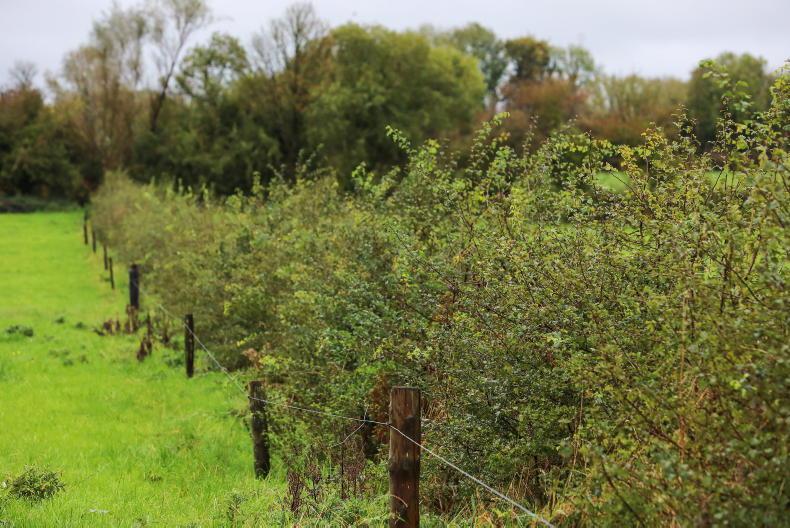

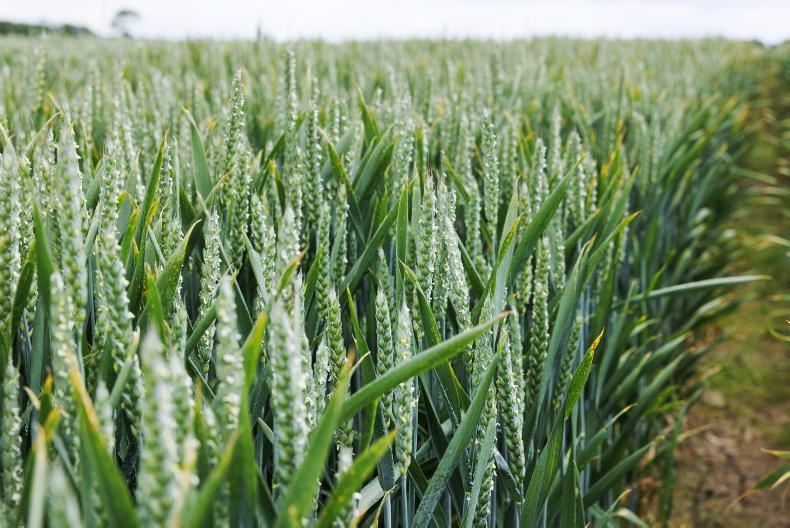
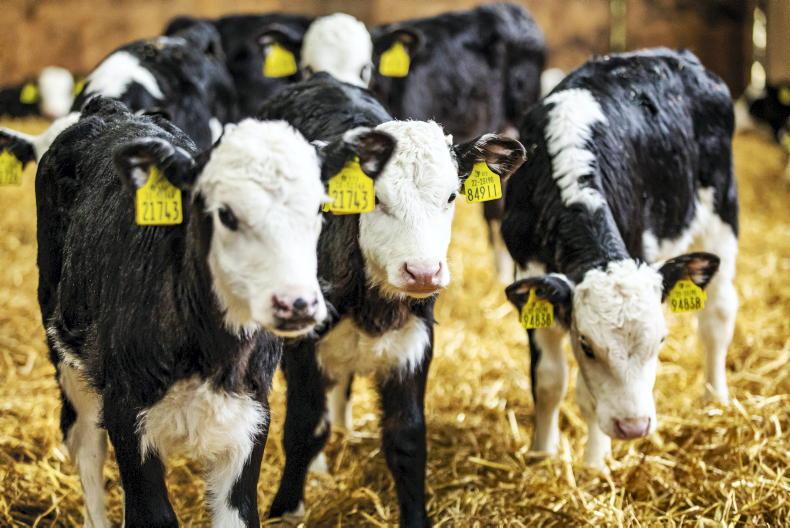
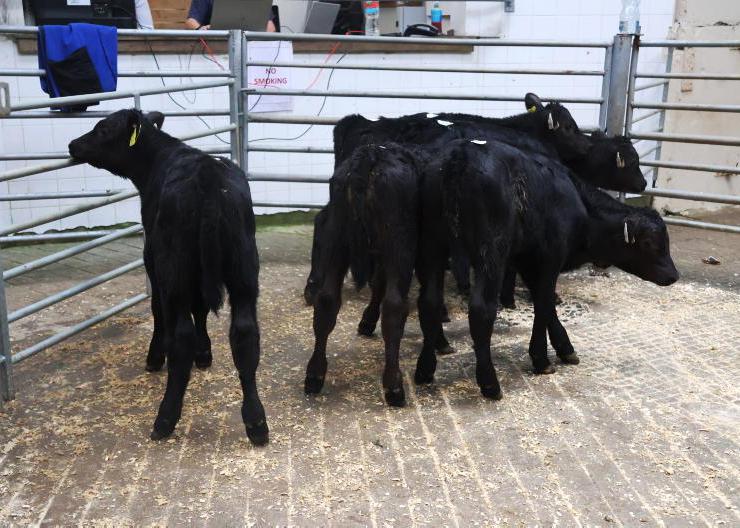
SHARING OPTIONS